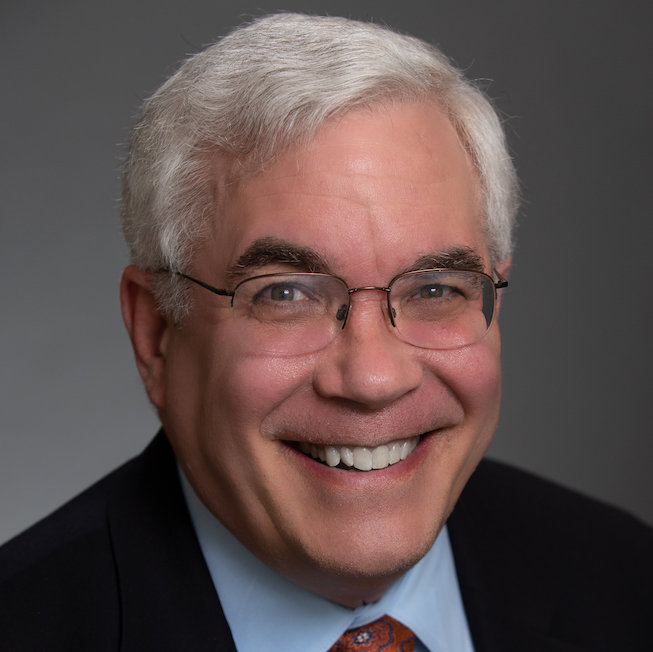4 minutes
A healthy amount of board rejuvenation is important—but not too much and not too fast.
For many credit unions, a long-tenured board is a normal course of business. In fact, many credit unions have had a director or several in place for 20 or more years. While the long-standing tenure of these volunteers is certainly valuable from experience and historical perspectives, it can sometimes hinder a credit union’s ability to grow, innovate, evolve with the times and genuinely grow or pivot strategically. Additionally, CU boards that find themselves facing wholesale director turnover in a given year or two will likely not find that situation ideal, either.
In the credit union movement, one in four directors self-report that their boards are “less than effective” at having the right mix of skills/experience to accomplish their governance responsibilities. If that’s what is self-reported, could the actual situation be even more problematic?
A healthy amount of board rejuvenation is important – but not too much and not too fast. What are the most effective tactics for accomplishing this pace? Here are five steps we recommend for building your board:
Institute term limits Though long disliked in the credit union movement, more and more credit unions are successfully instituting term limits for board members. The key to using term limits effectively is to implement them with a phased-in approach so you don’t “term out” all your board’s talent (and history) in one or two years. You might consider a three-year term with an option for a three-term renewal or perhaps a two-year term with the same renewal option. Such a term (with the renewal option) still retains a great deal of historical continuity.
Choose your board officers thoughtfully. While most credit unions already have term limits in place for their board officers, we find that far too often, who’s next in line for the various positions is predetermined. And it shouldn’t be. Consider what’s ahead for your credit union when choosing your next chair, not simply whose turn it is. If you are heading into a period of mergers, wouldn’t it be helpful to have someone at the helm with experience in this regard? And, in the same vein, a director with a storied career in human resources may not be the best candidate to oversee your credit union during a financially turbulent period in its lifecycle.
Provide ongoing training opportunities. Remember that keeping your board fresh and on the leading edge requires, by definition, including a robust training program for your directors. Provide all your board members – not just the new ones – with ongoing board training. Don’t include just one-on-one experiences at the regional and national levels; include sessions for you and your colleagues to experience (as a team) at the board level.
Have the hard conversations. Far too often we find that chairs, CEOs and even individual directors are fully aware of the weak links. They talk in hushed tones about the need to move certain individuals off the board, but rarely have the courage to address their colleagues directly. Don’t shy away from the hard conversations. They are important for healthy board rejuvenation, and certainly they fall squarely upon the shoulders of the chair. You may even find that there’s a good reason for the “weak link,” and one that can be easily addressed (and mitigated) through a frank, open conversation.
Conduct and act upon regular board assessments. The most effective boards regularly assess their own practices and take actions to step up their game. Even those boards that are operating at a high level—“Governance 501”--are continually asking, “What does Governance 601 or even Governance 701 look like, and how do we get there?” Aiming for excellence and taking steps to get there is a critical component of board rejuvenation, and if your board isn’t taking a critical look at itself, and acting accordingly, whether you are at Governance 101 or Governance 701, you’re doing your credit union a disservice.
Michael Daigneault, CCD, is CEO of Quantum Governance L3C, a CUES strategic provider of governance and board assessment services in Vienna, Va. Daigneault has more than 30 years of experience in the field of governance, management, strategy, planning and facilitation. The organization fields more engagements in the credit union community than in any other, a total of 40 percent of its work.






